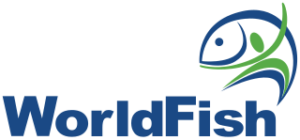Inclusive And Sustainable Ecosystems
What Are Inclusive And Sustainable Ecosystems?
Inclusive and sustainable ecosystems can support both social and environmental sustainability, promoting the health, well-being, and long-term resilience of communities as well as the natural environment. Such ecosystems can play a crucial role in promoting sustainable development by addressing global challenges such as climate change, poverty, and inequality, whilst also promoting diversity, equality, and fairness. It ensures all community members can access the resources and benefits of the ecosystem.
Inclusive Digital Economy
To ensure everyone can participate in the digital economy, we need to promote digital literacy and skills training for underserved communities. As a global community, we also need to invest in digital infrastructure, especially in rural and low-income areas. Better infrastructure can open up access to critical technologies, such as those which support agriculture, and public and private services that facilitate financial inclusion.

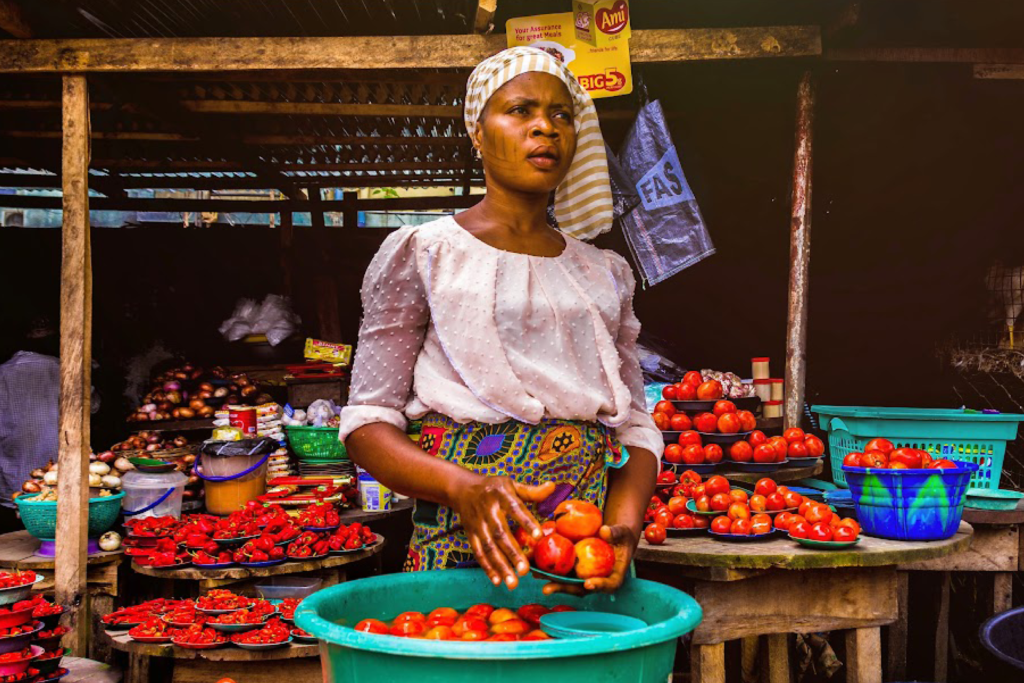
Inclusive Green Economy
We need to understand the roles that traditionally excluded groups can play in promoting biodiversity and the green industry, and support marginalised and vulnerable individuals to access green jobs and training programmes. Enabling a more inclusive green economy also involves promoting workforce diversity, and supporting the development of green businesses in underserved communities.
Inclusive Circular Economy
Youth and women play an important role in waste management and recycling systems. They can bring innovative ideas and approaches, promote behavioural change, and ensure that recyclable materials are properly collected and processed. Women often oversee and participate in waste management and recycling at the household level; while youth are well-placed to offer novel technological and digital solutions. Women-led cooperatives and other businesses can also promote sustainable waste management practices while providing economic opportunities for women.
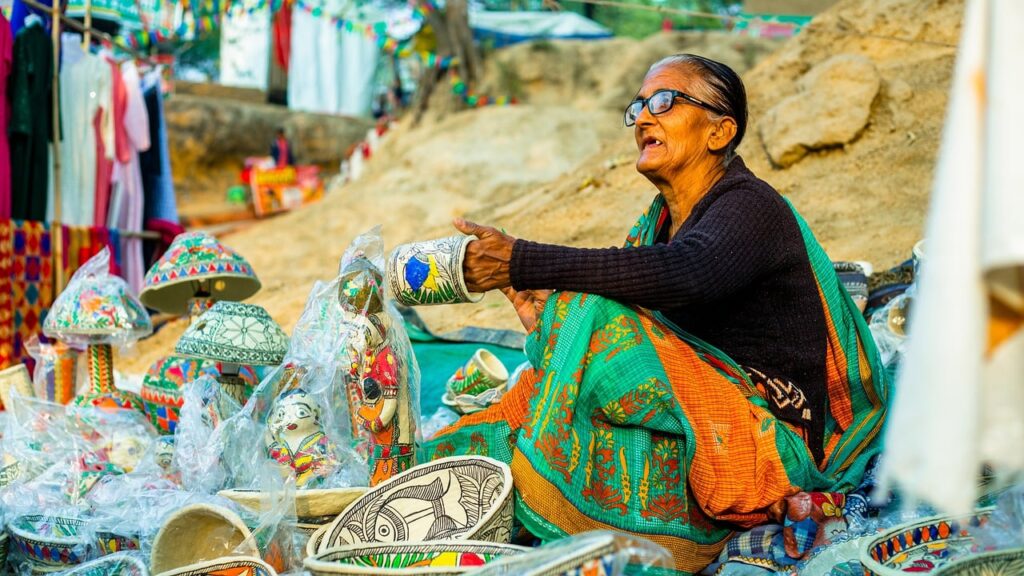
Special Focus On The Agriculture And Water Sectors
There are key challenges to the agriculture and water sectors including population growth, urbanisation, climate change, and resource depletion. To transform poorly-performing agricultural systems in low- and middle-income countries into engines for economic growth, agriculture needs to be market-oriented and inclusive of marginalised groups such as the poor, women, and youth. Sustainable agriculture practices are needed to minimise negative environmental impacts, and protect the poor from environmental crises.
A fully-inclusive water sector will enable all stakeholders to access clean water and sanitation services, whilst facilitating transparency, accountability, protection of water resources and ecosystems. In the past, agricultural development initiatives have tended to focus on increasing production and incomes, with inclusiveness often a secondary or forgotten factor. This has marginalised less-powerful actors and excluded small producers from high-value crops and income streams. To develop agriculture and ecosystem services that are fully inclusive, we need to identify and resolve market constraints that have historically prevented the full involvement of marginalised groups in agricultural value chains – while enhancing the natural capital to increase the supply of ecosystem services. Such an approach can reassure stakeholders that everyone, regardless of socio-economic status, can access and benefit from the sector, and that their needs will be taken into consideration in a participatory, transparent, and accountable manner.
Share Your Research Requirements
Barriers That Prevent Inclusive Ecosystems, Agriculture & Markets
Climate change: Studies have shown that vulnerable farmers and less-developed regions are more likely to be affected by climate change. Farmers from low- and middle-income countries often lack social and economic capital for adaptive strategies, such as irrigation and drought-tolerant crops (Mendelsohn and Dinar, 2009). Disadvantaged groups also suffer disproportionately from climate change, resulting in greater subsequent inequalities, such as gender inequalities within agriculture. According to CGIAR’s Gender Platform, female farmers are less able to adapt to climate change than male farmers, since they have less access to information and technology, less influence on decision-making, and greater workloads.
Approaches to agricultural innovation: The ‘Farmer-First’ model was initiated in the 1980s, to respond to the limitations of the old ‘linear technology transfer’ approach. Since then various methodological, institutional and policy experiments have unfolded around the world, aimed at more participatory approaches that “put farmers first”, and make them central to processes of agricultural innovation. However, research suggests that the old approach still predominates in most low and middle income countries, particularly in sub-Saharan Africa. These have resulted in benefits for a few resource-rich farmers – who have been able to adopt technologies and practices that enhance farm productivity – while excluding the majority of smallholder farmers. Many scholars have stressed the need for a paradigm shift towards an inclusive, system-oriented, people-centred approach to agricultural innovations, tailored to the needs of diverse groups of farmers. This will also require a shift in attitude towards farmers, and strengthened partnerships where we acknowledge and support their roles as innovators.
Gender and social norms: In most parts of the world, gender and social norms determine men’s and women’s roles in agricultural value chains. These norms influence which crops male and female farmers grow and the types of livestock they own. They may also determine who manages and owns crops and livestock, and who controls and makes decisions about the outputs and incomes from agricultural production. Women tend to be disadvantaged in many areas, not least because they may be expected to grow food crops for household consumption (rather than cash crops), own smaller livestock species, and have less control and ownership over agricultural outputs and incomes. Female-headed households also typically have less access to agricultural training and improved agricultural production technologies. Women’s disproportionate responsibilities for domestic and care work, coupled with restrictions on their physical mobility in some societies, reduces the time they can devote to market-oriented agriculture and agribusinesses, hinders their networking, and obstructs access to financial and non-financial services. Social norms that discourage female education also severely reduce women’s success in agriculture and agribusinesses by limiting their access to technical and market information (both digital and non-digital), training, and financial / business services.
Access to productive and non-productive resources and assets: Policies, laws, and social norms in many low- and middle-income countries restrict marginalised groups’ access to resources and assets such as land and credit. And despite land right improvements in recent years in many countries (i.e Kenya, Nicaragua, Mozambique), laws across many parts of the world still limit women and youth from accessing and owning land. Similarly, laws and processes related to business registration, taxation, women’s property, business rights, and access to financial services, often discriminate against women in agribusiness.
Access to services: Service provision systems that support the development of the agricultural sector and market linkages (such as rural advice and extension, research, financial and business support, and inputs supply) tend to be biassed toward larger-scale male producers and value chain actors. These systems often do not take into account the specific needs of women, youth, and other marginalised groups. Worldwide, the limited access of women, youth, and poorer farmers to information, technologies, agricultural machinery and inputs (improved seed, fertiliser, pesticides), credit, extension and advisory services result in less use of technology and less agricultural productivity among these groups, thus limiting their success. Most importantly the depletion of natural resources – such as soil, water, land and insects for pollination – affects smallholder farmers’ ability to produce enough food.
Networks and collective organisations: Women, youth, and people with disabilities are less likely than others to have strong social and business networks to ensure success in agriculture and agri-businesses. Disadvantaged groups are less likely to join and benefit from producer organisations / cooperatives, as a result of membership requirements and social/gender norms. Furthermore, in most low and middle-income countries, women, the poor, and other marginalised groups tend to have less access to the internet and/or digital devices, and are less digitally literate. This further limits their access to information, markets, and business networks.
- Diverse groups of farmers
- Value chain actors such as traders
- Consumers
- Government agencies at both national and local level
- Policy makers
- Private sector actors
- Civil society actors (e.g. NGOs, business and trade associations, advocacy groups)
- Research organisations
- Schools and universities
- International donors
- Collective organisations that represent producers and agri-preneurs
- Producers and agri-preneurs, especially women, youth, the poor, persons with disabilities
Collaboration for Inclusive Agriculture, Ecosystems & Markets
- Diverse groups of farmers
- Value chain actors such as traders
- Consumers
- Government agencies at both national and local level
- Policy makers
- Private sector actors
- Civil society actors (e.g. NGOs, business and trade associations, advocacy groups)
- Research organisations
- Schools and universities
- International donors
- Collective organisations that represent producers and agri-preneurs
- Producers and agri-preneurs, especially women, youth, the poor, persons with disabilities
What is Includovate Doing to make e Ecosystems, Agriculture, & Markets More Inclusive?
There are many complex and intersecting obstacles to full social inclusion in ecosystems, agriculture, and markets, as recognised by a systems approach. Exclusion is influenced by tilted policies, practices, resource flows, relationships, connections, power dynamics and attitudes. These barriers need to be changed at three levels: explicit (e.g. structural/organisational), semi-explicit (e.g. poverty, financial constraints to access), and implicit (e.g. social norms which exclude certain groups).
At Includovate, we believe that research on these issues can help reshape the social, political, economic, and environmental systems that perpetuate injustice. As a global thought leader in this important thematic area, we carry out a number of activities to strengthen inclusivity.
These include
- contributing to the evidence base via our cutting edge research
- developing innovative tools and research methods to assess the exclusion of marginalised groups
- devising metrics to monitor and document progress toward greater inclusivity
- evaluating and formulating policy recommendations.
Featured Work On Inclusive Ecosystems, Agriculture, & Markets
GENDER EQUALITY & SOCIAL INCLUSION ANALYSIS to help Restore Ecological Vitality in Vulnerable Ecosystems
Includovate supported an analysis of Mercy Corp’s REVIVE project in Uganda, developing mobility maps with illiterate women to understand their most frequented spaces, travelled routes, and safe places.
Client: Mercy Corp.
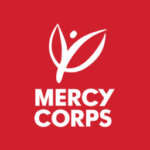
DEVELOPMENT OF GLOBAL METHODOLOGIES to Measure Behaviour Change.
Includovate developed quantitative and qualitative methods to measure farmers’ knowledge of – and attitudes towards – BCI principles; to assess the extent to which farmers have adopted them; and to identify critical barriers to behaviour change.
Client: Better Cotton Initiative
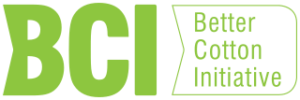
STRATEGY DEVELOPMENT to Support Young People in
Rice Farming.
Includovate conducted a literature review, hosted a workshop and developed a new strategy to facilitate better youth engagement in rice farming.
Client: International Rice Research Institution

METHODOLOGY DEVELOPMENT to Measure Women’s Empowerment in Fisheries
Includovate developed and tested a bespoke methodology to measure women’s empowerment in the fisheries sector, piloted the methodology in Myanmar, and produced a collaborative study.
Client: WorldFish
